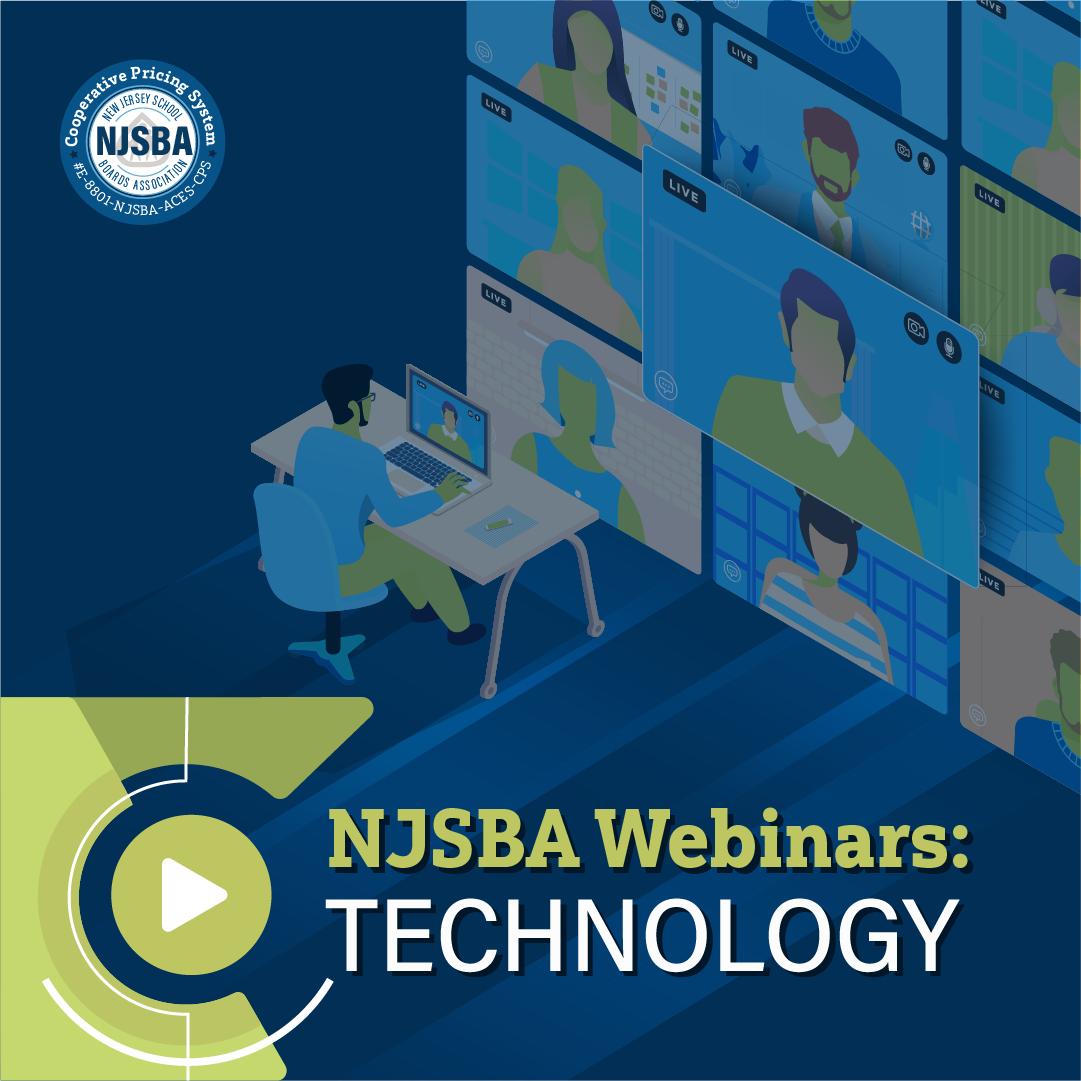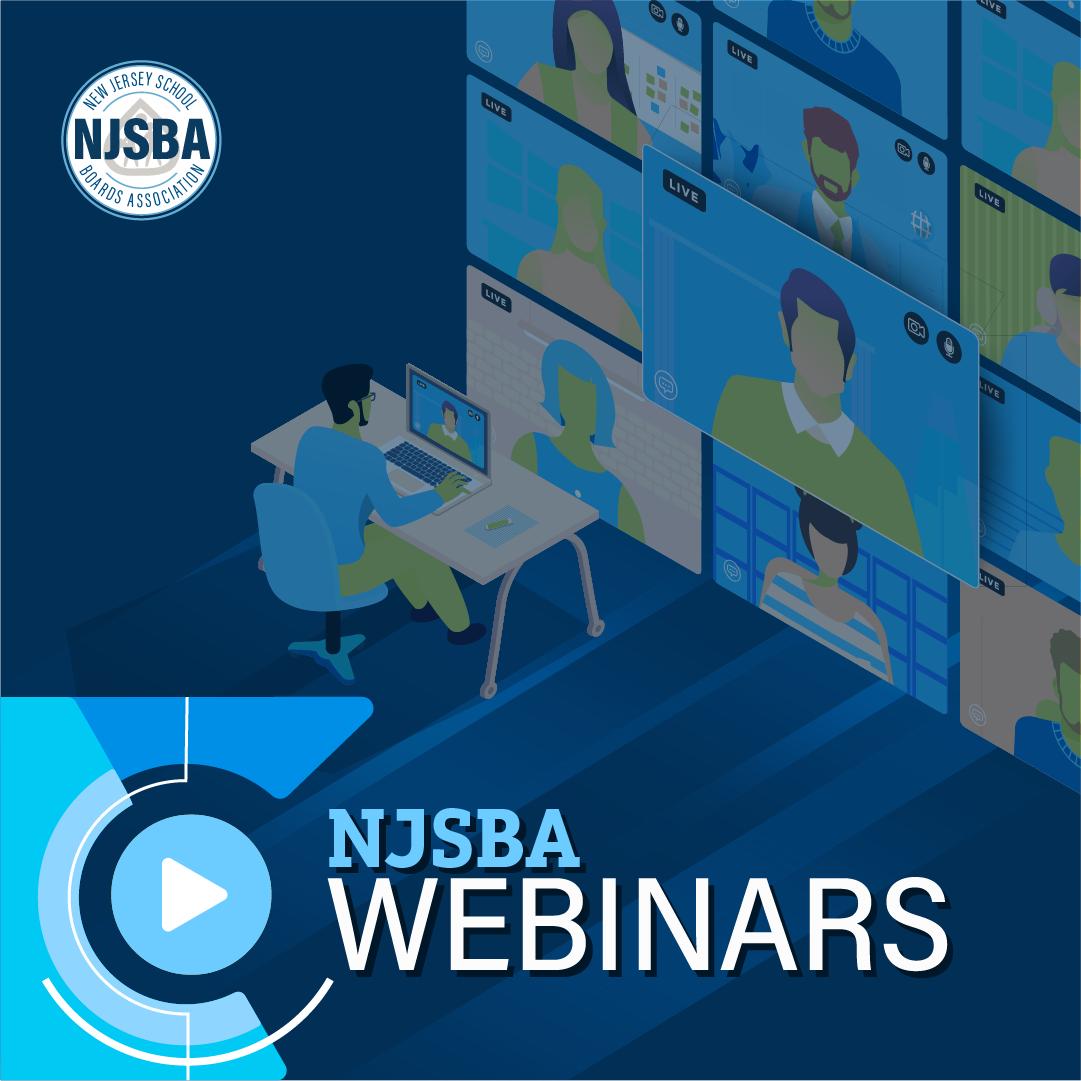What is critical race theory?
Critical race theory (CRT) is a framework and/or analytical tool primarily used in higher-level university and graduate courses. Originating in the 1970s, CRT was first used to help law students think critically about the impact of historical and present-day racism in the legal system.
CRT in today’s context: The term “critical race theory” is being inaccurately used by some to encompass a wide range of distinctly different topics, including educational equity, social-emotional learning (SEL), cultural awareness and restorative practices. It is also being used to describe the discussion of racism in classroom instruction.
To access a PDF version of this information, go here.
What is educational equity?
Educational equity seeks to provide opportunities and achieve excellent outcomes for all students by providing individual students with the supports they need to succeed. Students come to our schools from various backgrounds, with different strengths and at varying degrees of readiness. What works for one student or in one school may not work for another. That’s why local control of education — one of NJSBA’s bedrock beliefs — is critically important. Simply put, pursuing educational equity is about identifying issues preventing students from fully engaging in their education and then providing targeted solutions or resources to address them. It is not a one-time program or event, but a way of operating that requires ongoing evaluation of data and adjustment of interventions.
Approaches to equity will be different in every district, but the goal is the same: excellent outcomes for all students. The term “educational equity” is closely associated with “No Child Left Behind” (NCLB) legislation that was led by former President George W. Bush and signed into law in 2002. This watershed moment in U.S. education policy established clear requirements for school districts to not only study student achievement data by race, gender, socioeconomic levels and English language learners but also to close achievements gaps where they exist.
How is curricula determined in New Jersey schools?
School districts develop curricula to comply with the New Jersey Student Learning Standards. Those standards are approved by the State Board of Education in consultation with stakeholders and after public hearings as required by law.
Boards of education rely on the educational experts to determine the curricula that will meet the state standards, the needs of the students and the aspirations of the community. Boards of education approve all curricula and textbooks after public review and discussion at school board meetings, as required by state statute and in compliance with district policy.
Does New Jersey require the teaching of critical race theory?
Critical race theory is not required by the New Jersey Student Learning Standards. The state’s K-12 student learning standards for social studies can be found here.
It is important to remember that teaching social studies and history will at times require discussion about historic instances of racism. Students should understand the historically accurate past of our nation and that includes some difficult history around racial issues.
What is diversity, equity and inclusion (DEI) instruction, and what place does it have in schools?
In March 2021, A-4454/S-2781 was signed into law. The legislation requires school districts to include instruction on diversity and inclusion as part of the New Jersey Student Learning Standards.
Under the law, the instruction will highlight and promote diversity, and the instruction will also examine the impact that unconscious bias and economic disparities have at both an individual level and on society as a whole while encouraging a safe, welcoming and inclusive environment for all students, regardless of race, ethnicity, sexual or gender identities, mental and physical disabilities, socioeconomic status and religious beliefs.
The law is applicable beginning in the 2021-2022 school year, and under the measure, the New Jersey Commissioner of Education will provide districts with sample learning activities and resources.
Why is diversity, equity and inclusion important to the success of our schools and students?
There are many benefits to diversity, equity and inclusion education. It encourages critical thinking by allowing students to consider perspectives and opinions beyond those they have already experienced. It also fosters creativity, since the more ideas and experiences people are exposed to, the more creative they can be. It also helps students successfully move forward in the professional world, where employers want employees who are able to work with people from diverse backgrounds. Districts are equipping children to thrive, manage and lead in a multi-racial democracy and information-based society.
What is “culturally responsive teaching,” also sometimes known by the acronym CRT, and is it the same as critical race theory?
Culturally responsive teaching recognizes the importance of including a diverse array of students’ cultural references in all aspects of learning. It seeks to make school learning relevant and effective for learners by drawing on students’ cultural knowledge, life experiences, and frames of reference. An example of culturally responsive teaching would be when a math teacher writes word problems that link to student interests, such as by measuring the distance of a shot made by a famous soccer player.
Working toward improving student achievement for all students is the essential work of school boards. NJSBA can be a resource for our members in this work, providing district leaders with leadership strategies and promising practices for closing the achievement and opportunity gaps.
The NJSBA hopes you find this information helpful as questions arise about these topics. Your board’s field service representative can help you with more resources.
To contact your NJSBA Field Service Representative, go to njsba.org/services/field-services/.

